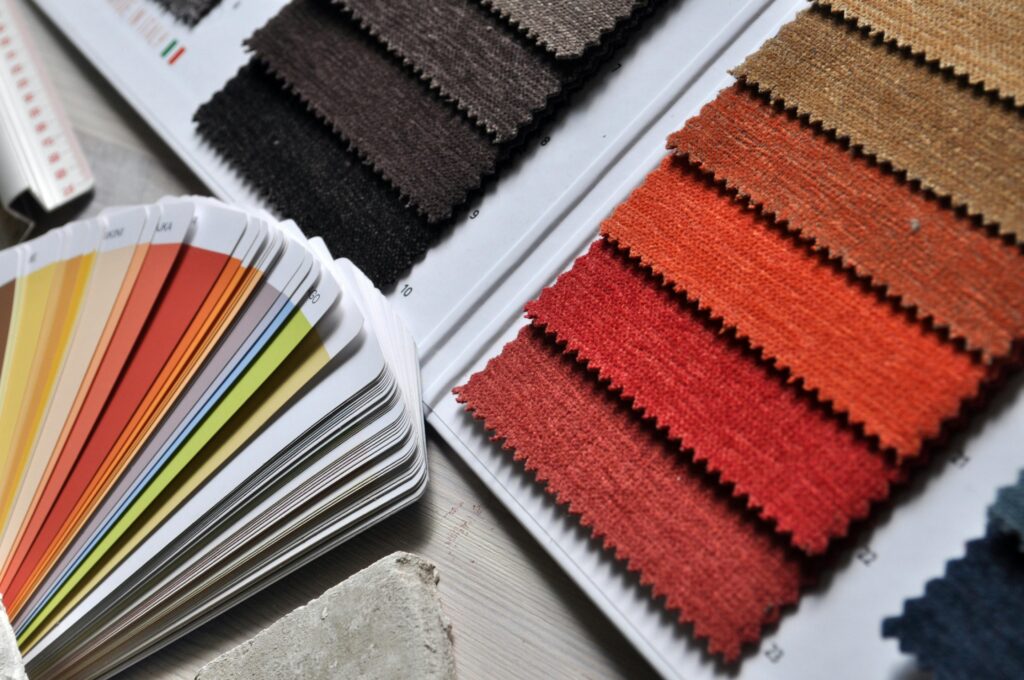Every culture has its own way of weaving stories—sometimes quite literally. From intricate handwoven rugs to embroidered wall hangings, textiles are more than just decorative pieces. They carry centuries of tradition, artistry, and identity. By bringing global fabrics into your home, you’re not just adding color and texture—you’re weaving narratives from around the world into your personal space.
Contents
Why Textiles Matter
Textiles hold a unique place in design. They soften spaces, add warmth, and provide endless opportunities for layering. But beyond aesthetics, they are often handcrafted works of art, representing the heritage of their makers. From Moroccan kilims to Indian block prints, textiles reflect cultural stories that transcend trends.
Incorporating these pieces into your home design offers a chance to honor global traditions while creating a space that feels curated and meaningful.
Global Inspirations in Fabrics
1. Moroccan Rugs
Moroccan Berber rugs are known for their bold geometric patterns and earthy palettes. Traditionally handwoven by women in the Atlas Mountains, each rug tells the story of the weaver’s community and personal experiences.
- How to Use Them: Place one in your living room for a statement piece, or layer smaller ones over neutral carpets for depth.
2. Indian Block Prints
India’s block printing tradition spans centuries, featuring floral motifs, paisleys, and intricate patterns. Each print is hand-stamped using carved wooden blocks, creating fabrics that are both vibrant and artisanal.
- How to Use Them: Incorporate block-printed tablecloths, throw pillows, or curtains to add charm and color to your dining or living areas.
3. Guatemalan Textiles
Woven on traditional backstrap looms, Guatemalan fabrics feature bright stripes and symbolic motifs that represent Mayan heritage. Each village has its own distinct style, making these textiles one-of-a-kind.
- How to Use Them: Add Guatemalan runners to dining tables or use fabric pieces as framed wall art to highlight their unique craftsmanship.
4. Turkish Kilims
Flat-woven Turkish kilims are rich in symbolism, with motifs representing fertility, protection, and prosperity. Their bold colors and patterns make them versatile as rugs or wall hangings.
- How to Use Them: Drape a kilim over the back of a sofa, use it as a headboard alternative, or let it anchor a minimalist room with a pop of pattern.
5. African Mudcloth (Bogolanfini)
Originating in Mali, mudcloth is created by applying fermented mud to handwoven cotton, resulting in striking black-and-white designs. Each symbol on the cloth carries meaning, often linked to historical or cultural narratives.
- How to Use Them: Turn mudcloth into pillow covers, throws, or even framed art pieces to add texture and story to your home.
Tips for Incorporating Textiles
- Mix, Don’t Match: Blend textiles from different cultures to create an eclectic yet harmonious look. A Moroccan rug can pair beautifully with Indian block-printed pillows.
- Start Small: If you’re hesitant, begin with smaller items like pillow covers or runners before investing in larger statement pieces.
- Think Beyond Floors: Textiles aren’t just for rugs. Hang them on walls, drape them over furniture, or even use them as canopy covers for a dramatic effect.
- Prioritize Authenticity: When possible, purchase from artisans or fair-trade sources. This not only ensures quality but also supports the cultural traditions behind each piece.
Textiles are more than fabric—they’re storytelling mediums that connect us to diverse cultures and histories. Whether it’s the bold geometry of a Turkish kilim, the soft charm of Indian block prints, or the vibrant energy of Guatemalan weaves, each textile brings a piece of the world into your home.
By layering global fabrics thoughtfully, you create a space that doesn’t just look stylish but also resonates with meaning. Your home becomes a living story, told through threads, patterns, and textures that transcend borders.

